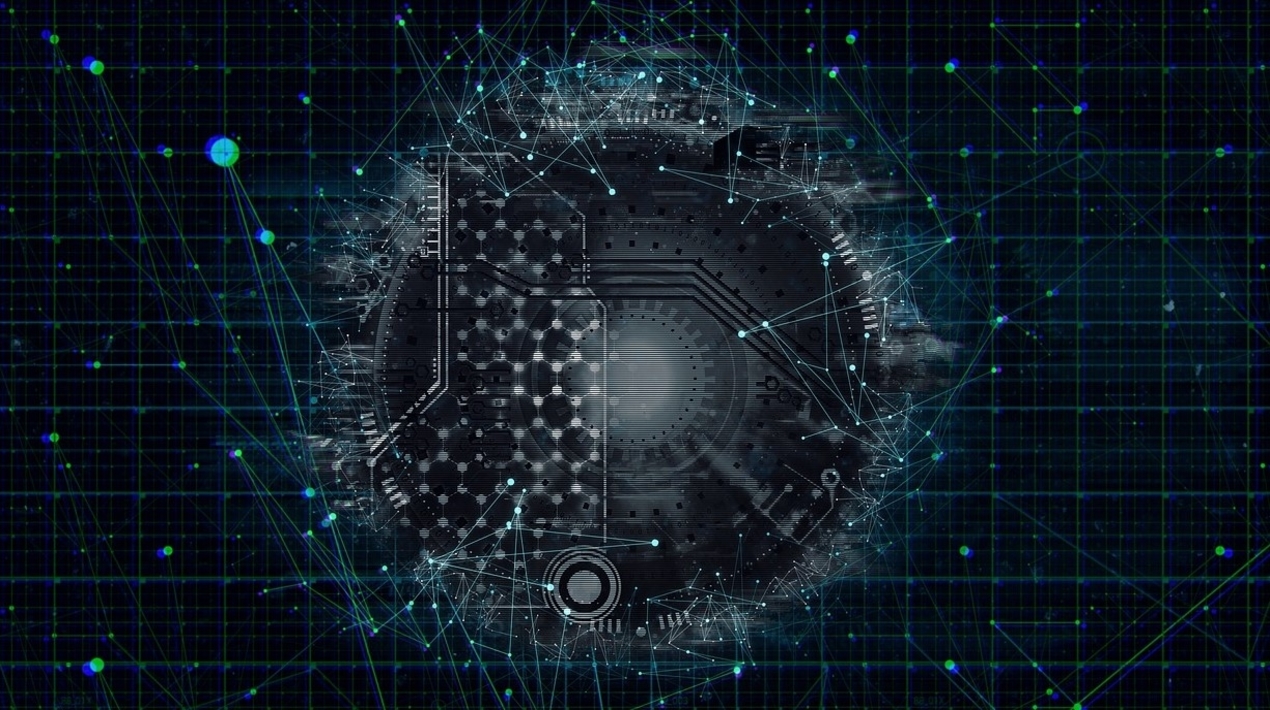
About a month after setting up one of the most powerful supercomputers in the country, Param Pravega, India plans to establish nine more facilities this year in a bid to make it a leader in high-powered computing. The supercomputers will be installed and commissioned under the National Super Computing Mission (NSM), which was launched to enhance the research capacities and capabilities in the country by forming a supercomputing grid. The nine supercomputers will be established in the following institutes:
- The Indian Institutes of Technology (IIT) in Bombay, Madras, Patna, and Delhi
- The Inter-University Accelerator Centre (IUAC) in Delhi
- The Centre for Development of Advanced Computing (C-DAC) in Pune
- N. Bose National Centre for Basic Sciences (SNBNCBS) in Kolkata
- The National Centre for Radio Astrophysics (NCRA) in Pune
- The National Informatics Centre (NIC) in Delhi
According to a statement by the Ministry of Science and Technology, so far, ten supercomputers have been installed in ten institutes, which benefit researchers from other institutions as well. Five more supercomputers are in the final stages of being set up. The Ministry expects the infrastructure to meet the increased computational demands of academia, researchers, MSMEs and start-ups in areas like oil exploration, flood prediction, genomics, and drug discovery. NSM has three phases. Phase I included assembling supercomputers, Phase II was manufacturing certain components within the country, and Phase III is indigenously developing a supercomputer. India’s first indigenous server platform, Rudra, is being tried out in a pilot system, using an interconnect for internode communication called Trinetra.
Overall, NSM will provide high-performance computing (HPC) facilities to 100 several institutions and more than thousands of active researchers and academicians through the national knowledge network (NKN). With 85% indigenous manufacturing, the National Super Computing Mission has initiated the design and development of server nodes, interconnect switches, storage, and system software stacks for the next generation of HPC. The mission also supports supercomputer experts by training more than 11,000 HPC faculty. Four NSM nodal centres for training HPC and AI training have been established at the IITs in Kharagpur, Madras, Goa, and Palakkad. These centres have also conducted online training programmes in HCP, AI, and other emerging technologies.
As mentioned above, India recently established its fastest supercomputer Param Pravega at the Indian Institute of Science (IISC) in Bengaluru. OpenGov Asia had reported that Param Pravega has a total supercomputing capacity of 3.3 petaflops (a measure of a computer’s processing speed). One petaflop equals quadrillion (thousand trillion) floating-point operations per second (FLOPS) or a thousand teraflops. C-DAC designed the supercomputer. The majority of the system’s components were manufactured and assembled in India. Also, the software stack that it runs on was indigenously developed by C-DAC.
The machine hosts an array of programme development tools, utilities, and libraries for developing and executing HPC applications. The node configuration of Param Pravega includes two master nodes, 11 login nodes, two firewall nodes, four management nodes, one NIS slave, and 624 (CPU + GPU) compute nodes. These nodes have been further subdivided into three categories: regular CPU nodes, high-memory CPU nodes, and GPU nodes. All the nodes in the system are connected using a FAT-tree topology with a 1:1 subscription ratio. It is also augmented with 4-petabyte parallel storage for parallel file system access.
















